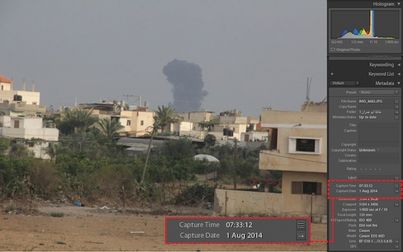On August 1, 2014, four weeks after Israel had launched a military offensive on Gaza, Israel and Hamas agreed to a 72-hour humanitarian ceasefire. That day a group of Israeli soldiers encountered a group of Hamas fighters in Rafah, the southernmost city in the Gaza Strip. What followed became one of the deadliest Israeli attacks during the war; an intensive use of firepower, which killed scores of civilians, injured many more, and destroyed or damaged hundreds of homes and other civilian structures. Amnesty International and the research team Forensic Architecture collaborated on a report to provide a detailed reconstruction of the events. Due to the fact that Israeli and Egyptian authorities have refused to allow Amnesty International or any other international human rights monitors to enter Gaza, Forensic Architecture created special methodologies, which include: site surveys by photographers following basic protocols for forensic photography, witness testimonies, satellite image and media analysis, video to space relations, geosyncing, metadata, and shadow analysis as well as plume and smoke cloud architecture.
Eyal Weizman is professor of Spatial and Visual Cultures at Goldsmiths, University of London, Global Scholar at Princeton University, and director of the Center for Research Architecture, which he created in 2005.
The presentation will be held in English language.
